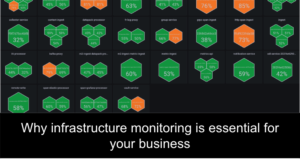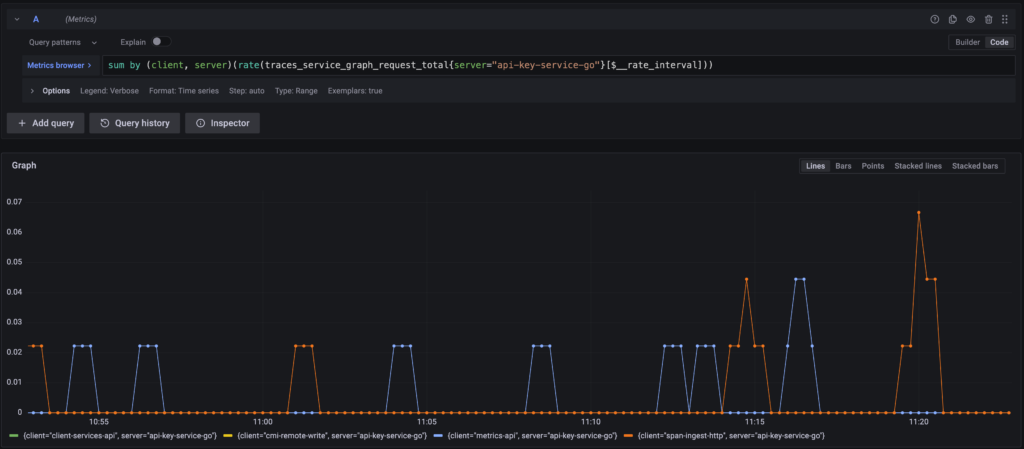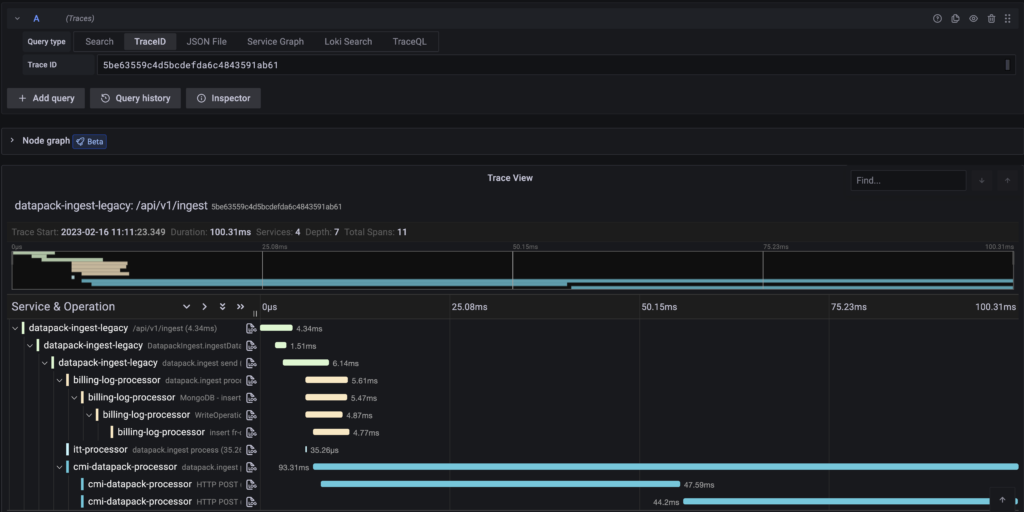How Distributed Tracing Improves Troubleshooting and Performance Optimization
What is distributed tracing?
Distributed tracing is a powerful technique for gaining end-to-end visibility into complex, distributed systems. By capturing timing and metadata at each step of a transaction or request, distributed tracing allows developers and operators to understand where time is spent, where errors are occurring, and where bottlenecks exist. This article explores how distributed tracing improves troubleshooting and performance optimization in complex systems.
What is OpenTelemetry?
To capture trace data in a standardized, vendor-neutral way, many organizations turn to open-source observability frameworks like OpenTelemetry. OpenTelemetry is a flexible, extensible framework that provides a range of instrumentation options and supports multiple programming languages. With OpenTelemetry, developers can capture and transmit trace data to a tracing system. FusionReactor can deliver valuable insight from distributed traces.
The Benefits of Distributed Tracing
There are several benefits to using distributed tracing in a distributed system:
Faster Troubleshooting
Distributed tracing provides end-to-end visibility into the behavior of a request or transaction, making it easier to pinpoint the root cause of errors and performance issues. Instead of relying on logs and metrics, which provide only partial information, distributed tracing allows developers and operators to see precisely how a request or transaction flows through a system.
Improved Performance Optimization
By providing detailed information about where time is being spent and where bottlenecks exist, distributed tracing makes it easier to optimize the performance of a distributed system. Developers and operators can use trace data to identify slow or inefficient components and to test and validate performance improvements.
Enhanced Collaboration
Distributed tracing provides a common language for developers and operators to discuss the behavior of a distributed system. By providing a detailed view of how requests and transactions flow through a system, distributed tracing helps teams to work together more effectively and to share information more easily.
The Components of Distributed Tracing
Distributed tracing typically involves several components:
Instrumentation
Instrumentation involves adding code to an application or service to capture trace data. This can involve modifying existing code or using pre-built instrumentation libraries.
Trace Context
Trace context refers to the data that is captured at each step of a transaction or request. This includes timing data, metadata about the request, and other contextual information.
Trace Export
Trace export refers to the process of transmitting trace data from an application or service to a tracing system. This can involve using a variety of protocols, including the OpenTracing and Jaeger protocols.
Trace Analysis
Trace analysis involves using tracing visualizers, logging tools, and other analytics tools to analyze trace data and gain insights into the behavior of a distributed system.
Distributed Tracing using OpenTelemetry
OpenTelemetry is an open-source observability framework that provides a standardized, vendor-neutral way to capture trace data. It offers several advantages for distributed tracing, including:
- Standardization: OpenTelemetry provides a standard way to capture and transmit trace data between different components of an application, making it easier to integrate with other observability tools in a distributed system.
- Flexibility: OpenTelemetry supports multiple programming languages and provides a range of instrumentation options, making it adaptable to a wide range of use cases.
- Extensibility: OpenTelemetry allows for creating custom instrumentation and data exporters, making integrating with other monitoring and analytics tools easy.
To use OpenTelemetry for distributed tracing, developers typically add instrumentation to their applications to capture trace data and transmit it to a tracing system. Once trace data is captured, it can be analyzed using various tools, including tracing visualizers like Jaeger and logging and metrics tools.
Conclusion – How Distributed Tracing Improves Troubleshooting and Performance Optimization
Distributed tracing is critical for gaining end-to-end visibility into complex, distributed systems. By capturing timing and metadata at each step of a transaction or request, distributed tracing enables developers and operators to understand where time is spent, where errors are occurring, and where bottlenecks exist. With open-source observability frameworks like OpenTelemetry, developers can capture trace data in a standardized, vendor-neutral way and transmit it to a tracing system where it can be analyzed using various tools.
Organizations can achieve faster troubleshooting, improved performance optimization, and enhanced team collaboration by leveraging distributed tracing. Understanding the components of distributed tracing – instrumentation, trace context, trace export, and trace analysis – is critical to implementing an effective tracing strategy. And by using OpenTelemetry, developers can gain the benefits of distributed tracing while also taking advantage of a flexible, extensible framework that supports various programming languages and instrumentation options.
In summary, distributed tracing using OpenTelemetry is a powerful tool for gaining insights into complex, distributed systems. By providing end-to-end visibility into the behavior of requests and transactions, distributed tracing can help organizations troubleshoot issues, optimize performance, and collaborate more effectively. With open-source observability frameworks like OpenTelemetry, developers can implement distributed tracing in a standardized, vendor-neutral way and gain the flexibility and extensibility needed to support a wide range of use cases.






